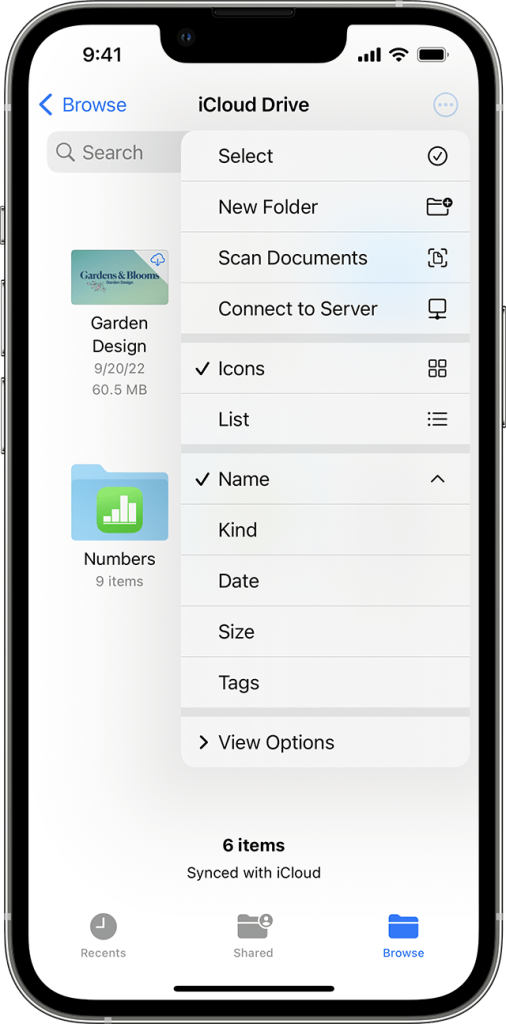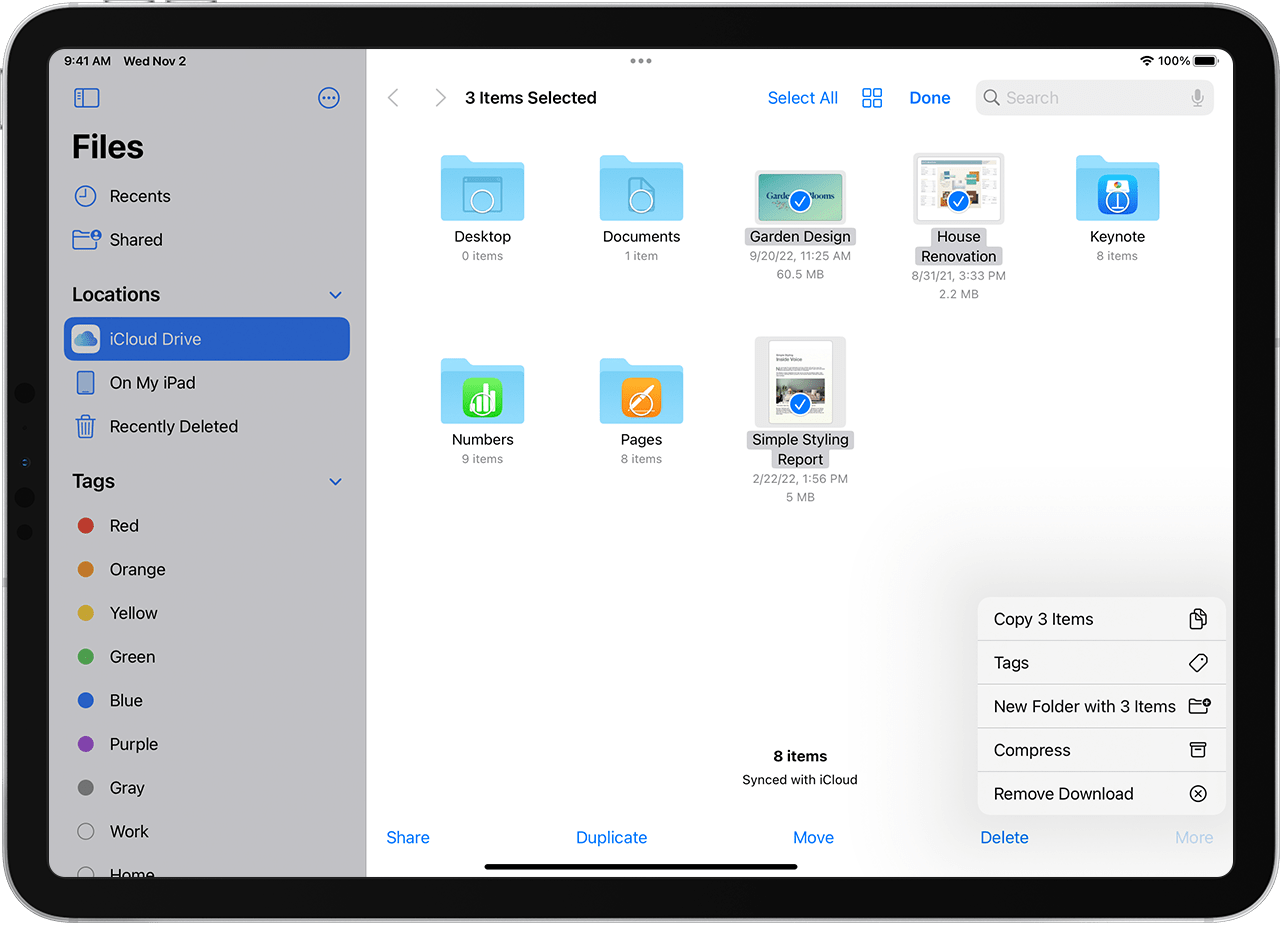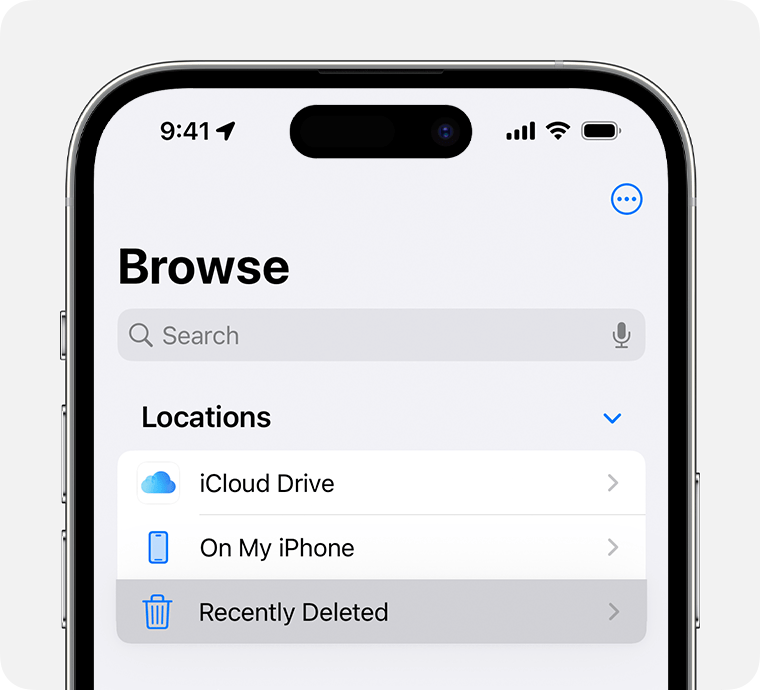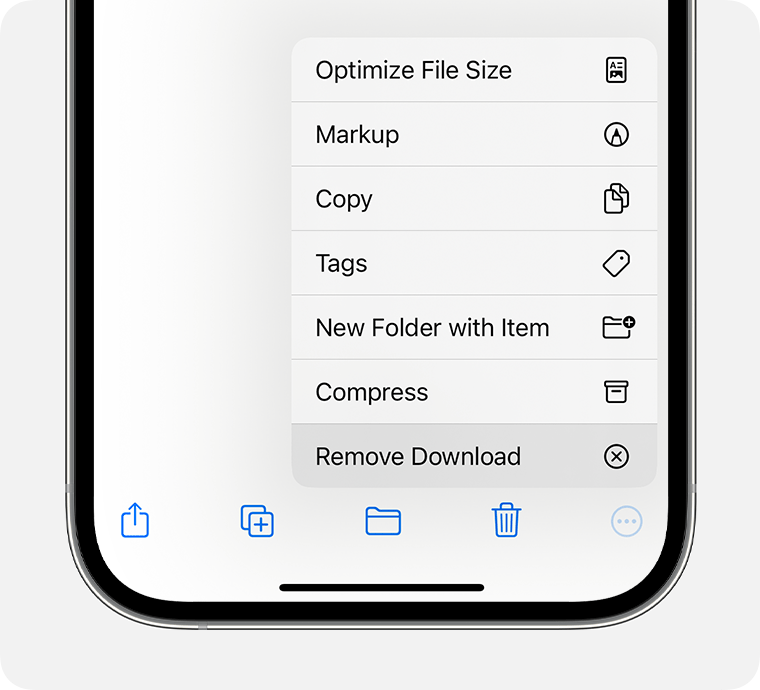10 very funny phone jokes
Why don’t scientists trust atoms?
Because they make up everything, just like my friend’s text messages.
Why did the smartphone go to therapy?
It had too many issues.
How does a penguin build its house?
Igloos it together!
Why did the smartphone get an award?
Because it had the best connections.
What do you call a phone that sings?
A mobile!
Why did the banana go to the phone store?
It wanted to find a new peel!
What did the cell phone say to the pillow?
“Stop calling me at night!
Why did the app go to therapy?
It had too many issues it couldn’t resolve on its own.
What do you call a potato that’s an expert in technology?
A chip off the old app block!
Why did the smartphone break up with its favorite app?
It felt like they were not on the same page anymore.







